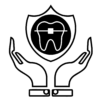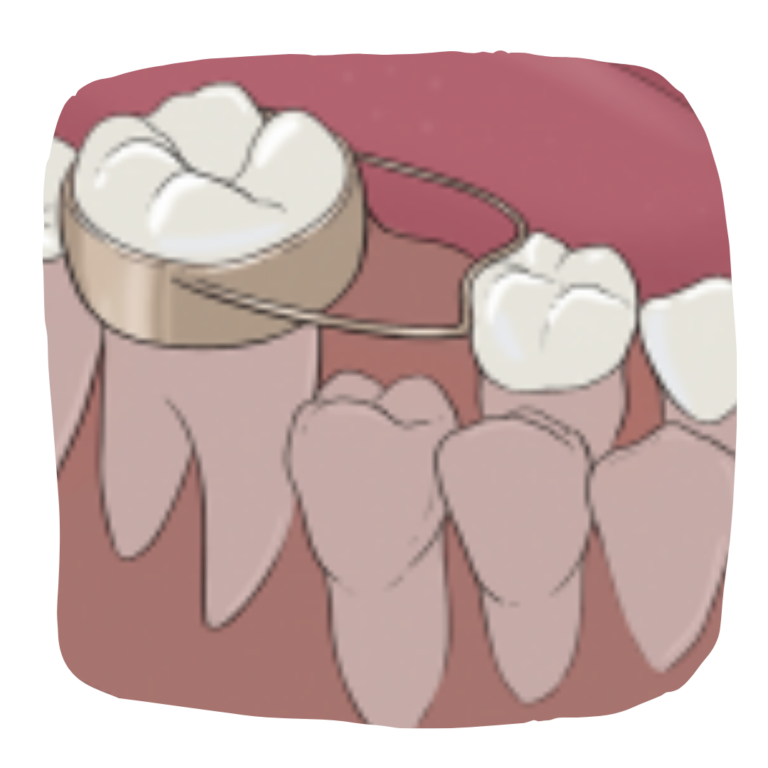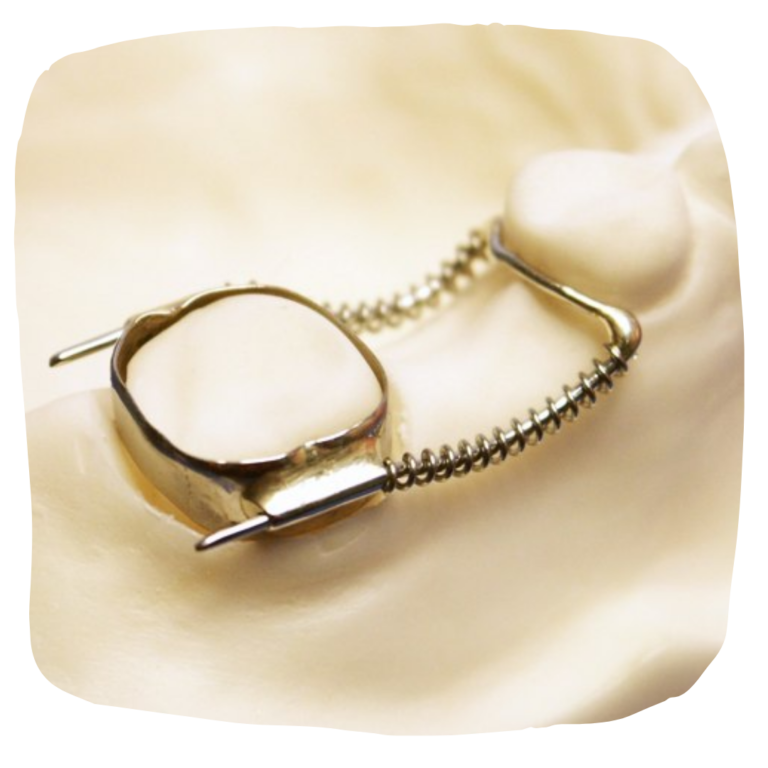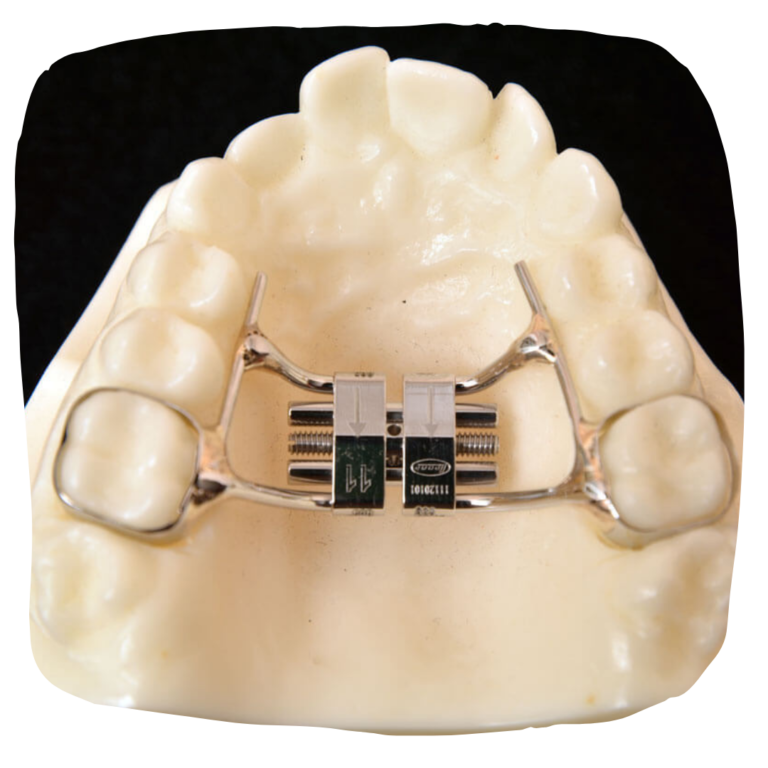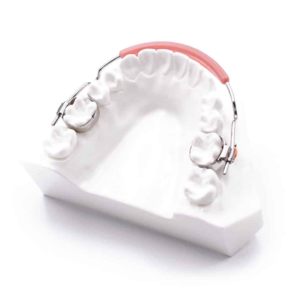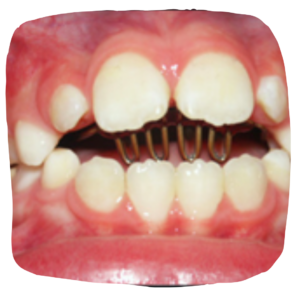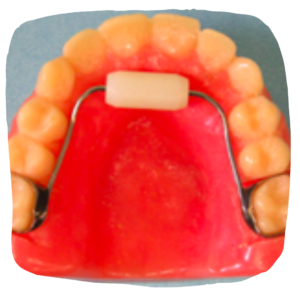Orthodontic Care
![]() What is orthodontics?
What is orthodontics?
Orthodontics and dentofacial orthopedics is the dental specialty concerned with the diagnosis, prevention, interception, guidance and correction of improper jaw, teeth and facial development.
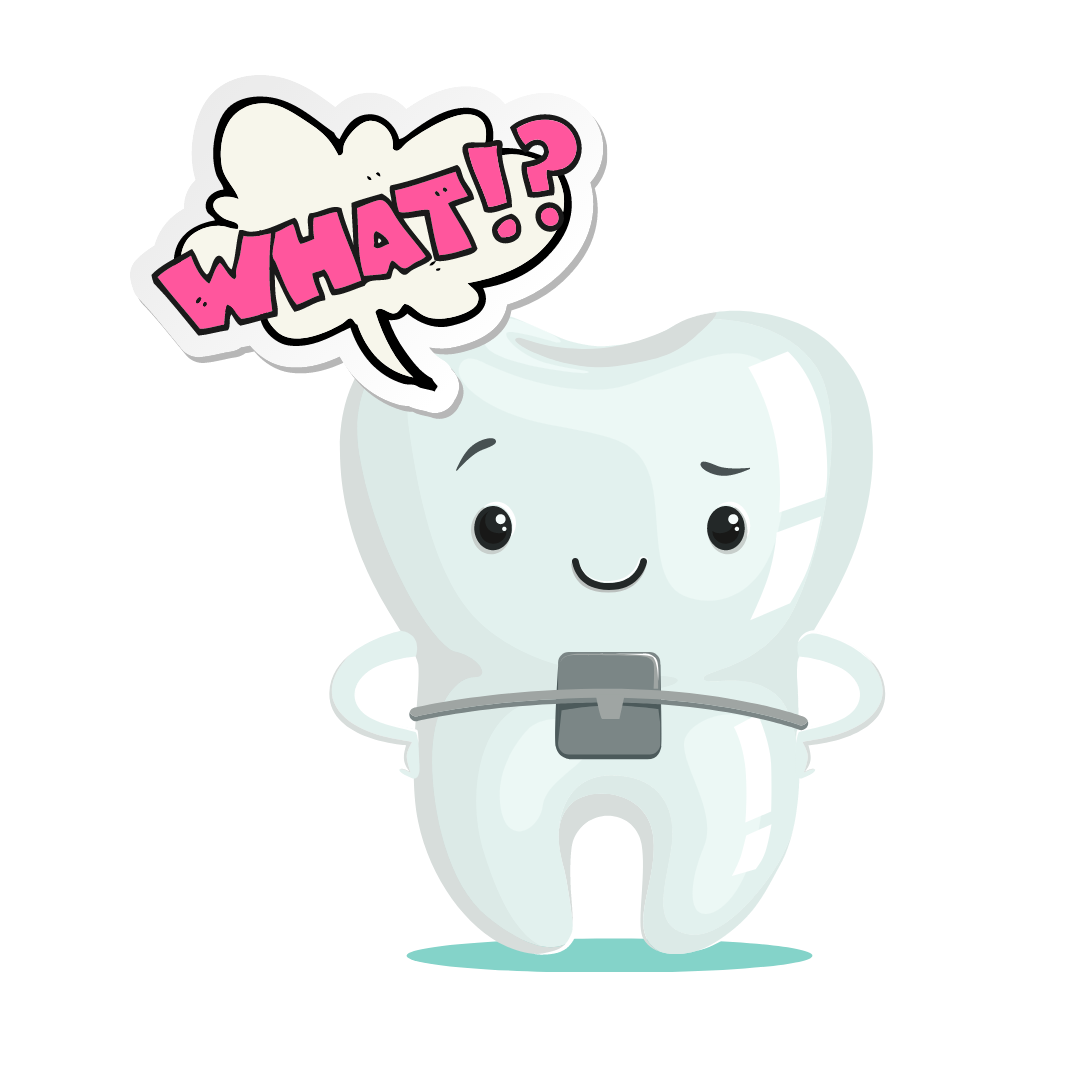

![]() What is orthodontics?
What is orthodontics?
Orthodontics and dentofacial orthopedics is the dental specialty concerned with the diagnosis, prevention, interception, guidance and correction of improper jaw, teeth and facial development.
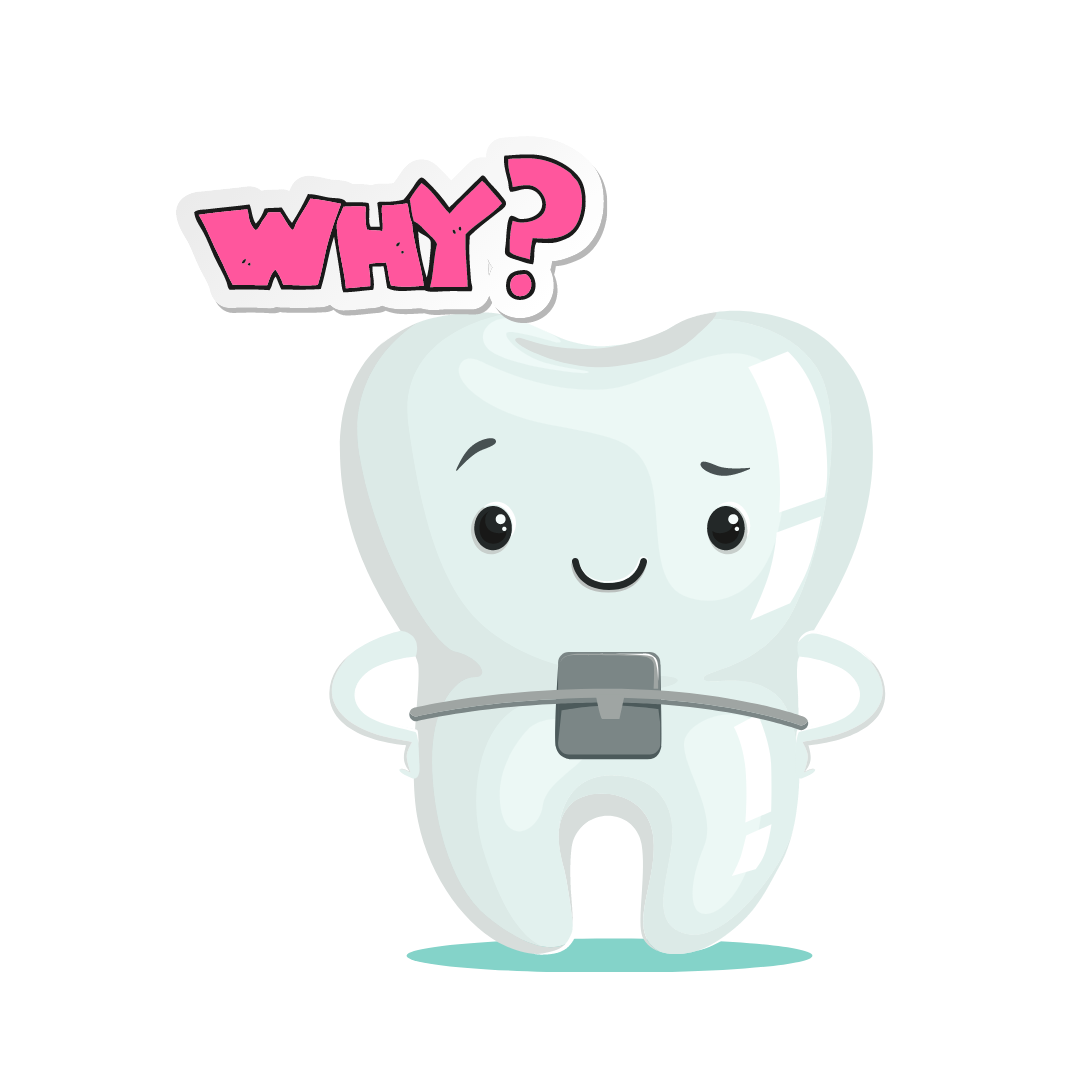
![]() What is the purpose of orthodontic treatment?
What is the purpose of orthodontic treatment?
Whenever there are irregularly or forwardly placed teeth, teeth with excessive space in between, teeth meeting in an abnormal way, or do not meet at all, orthodontic correction is recommended.
Orthodontic care creates a good bite, straightens the crooked teeth, and designs a beautiful smile, thereby help patients to chew and speak properly and look more confident.
![]() When is orthodontic treatment recommended?
When is orthodontic treatment recommended?
Orthodontic care can help people of any age achieve a healthy and beautiful smile. Conventional orthodontic treatment is recommended for children and teens around 12-13 years of age, but there are certain conditions that can be taken care of before the conventional age as preventive care protocol.
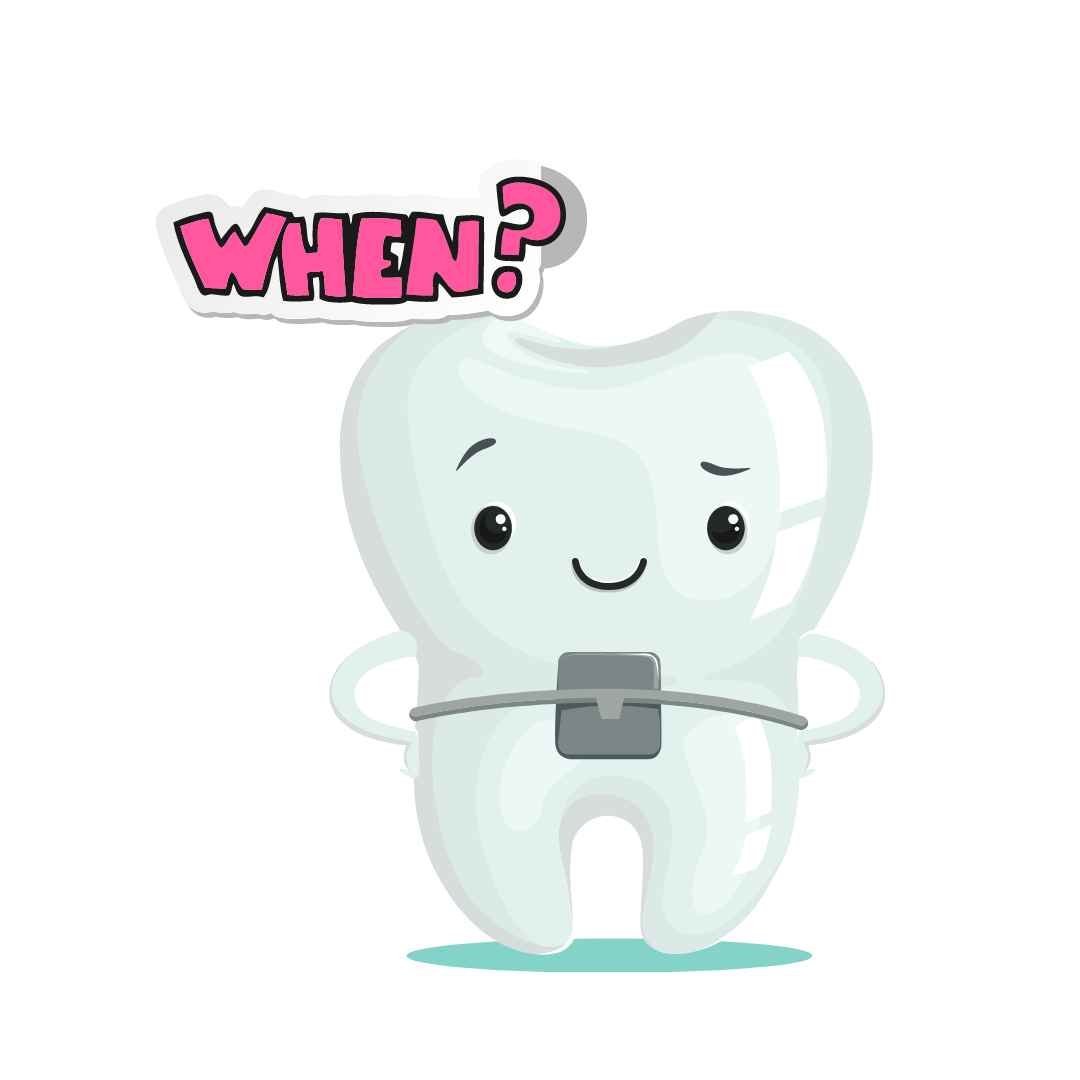

![]() When is orthodontic treatment recommended?
When is orthodontic treatment recommended?
Orthodontic care can help people of any age achieve a healthy and beautiful smile. Conventional orthodontic treatment is recommended for children and teens around 12-13 years of age, but there are certain conditions that can be taken care of before the conventional age as preventive care protocol.
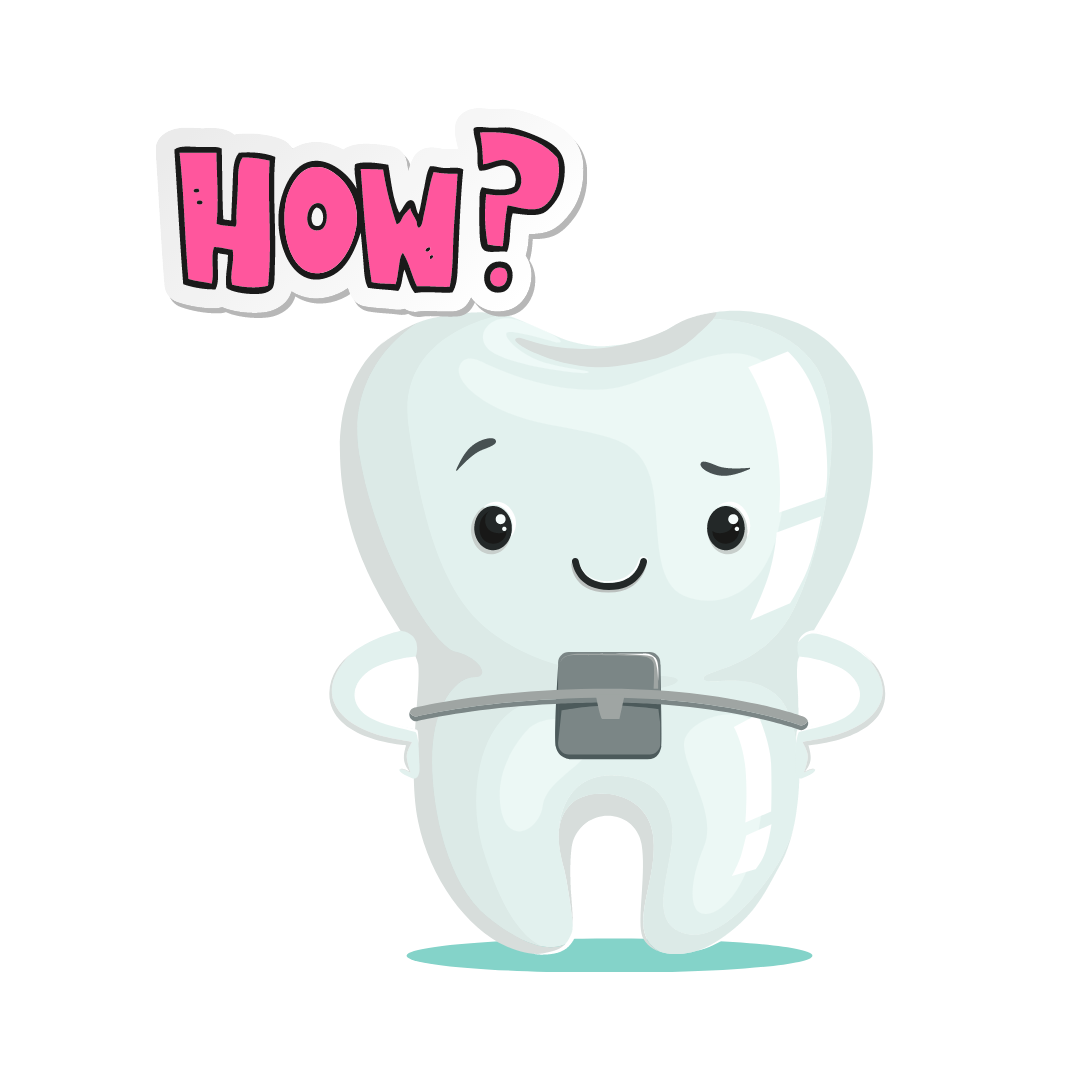
![]() How is the orthodontic treatment done?
How is the orthodontic treatment done?
Braces and aligners are the “appliances” most commonly used to guide irregularly placed teeth into proper positions.
If required, your orthodontist might advise for removable/myofunctional/habit correction appliances prior to braces depending on the severity of the condition.
Following treatment completion, Retainers are the appliance used to preserve and stabilize the results achieved with orthodontic treatment.
Early age orthodontic care
Preventive Orthodontic Care
![]() What is Preventive orthodontics?
What is Preventive orthodontics?
Preventive orthodontic care focuses on preventing the development of any irregularity of the teeth and jaw by closely monitoring the shape of dental arches and surrounding oral structures, early loss of baby teeth, and oral habits like thumb sucking & tongue thrusting.
![]() What is the correct age for preventive orthodontic care?
What is the correct age for preventive orthodontic care?
From the time all baby teeth have erupted till the first permanent molar eruption, i.e., around 6-7 years of age, preventive orthodontic care and check-up can be done to prevent more severe problems expected in the future.


![]() What is Preventive orthodontics?
What is Preventive orthodontics?
Preventive orthodontic care focuses on preventing the development of any irregularity of the teeth and jaw by closely monitoring the shape of dental arches and surrounding oral structures, early loss of baby teeth, and oral habits like thumb sucking & tongue thrusting.
![]() What is the correct age for preventive orthodontic care?
What is the correct age for preventive orthodontic care?
From the time all baby teeth have erupted till the first permanent molar eruption, i.e., around 6-7 years of age, preventive orthodontic care and check-up can be done to prevent more severe problems expected in the future.
Interceptive Orthodontic Care

![]() What is Interceptive Orthodontics?
What is Interceptive Orthodontics?
Interceptive orthodontics focuses on the early correction of certain types of dental malocclusion (irregularity) that develops at an early age for e.g., crossbite, overbite, deep bite, lower anterior crowding, and thereby reduces the future complications of full phase orthodontics as well as reduces the treatment timeline.
Note:
It is important to note that following interceptive orthodontics, some patients might need complete orthodontics/braces in the future based on the severity of the malocclusion.
We recommend every child to have early age orthodontic evaluation no later than 7yrs of age.
Benefits of Early Age Orthodontic Treatment
![]() Avoids the need for tooth removal.
Avoids the need for tooth removal.
![]() Creates space for crowded, erupting teeth.
Creates space for crowded, erupting teeth.
![]() Reduces the risk of injury to protruding front teeth.
Reduces the risk of injury to protruding front teeth.
![]() Preserves space needed for permanent teeth.
Preserves space needed for permanent teeth.
![]() Reduces future orthodontic treatment time.
Reduces future orthodontic treatment time.


![]() Avoids the need for tooth removal.
Avoids the need for tooth removal.
![]() Creates space for crowded, erupting teeth.
Creates space for crowded, erupting teeth.
![]() Reduces the risk of injury to protruding front teeth.
Reduces the risk of injury to protruding front teeth.
![]() Preserves space needed for permanent teeth.
Preserves space needed for permanent teeth.
![]() Reduces future orthodontic treatment time.
Reduces future orthodontic treatment time.

